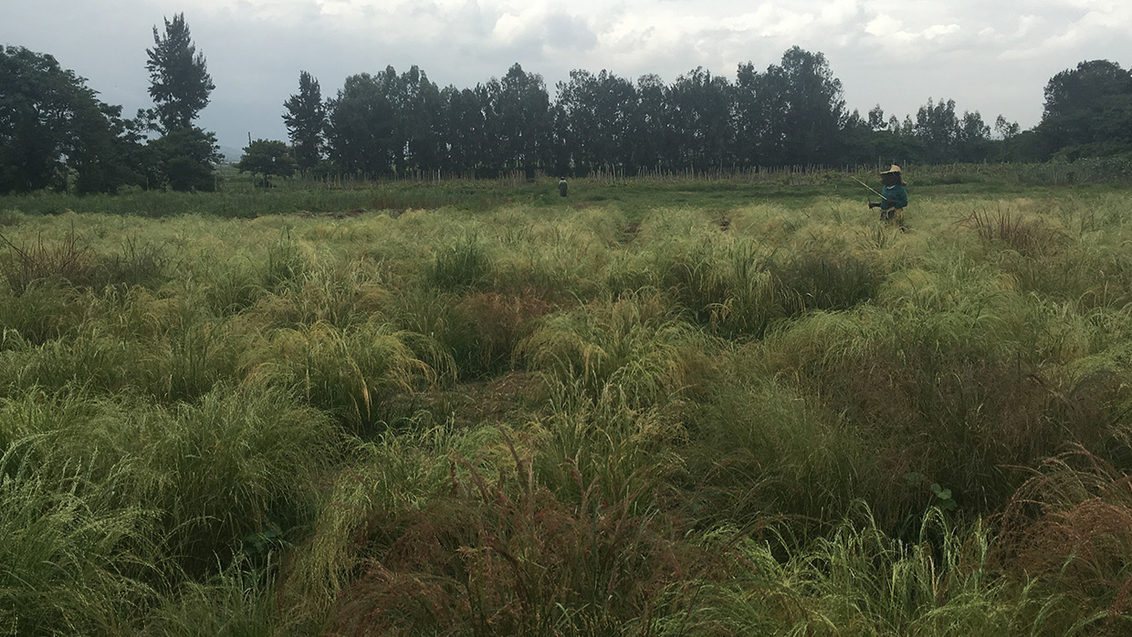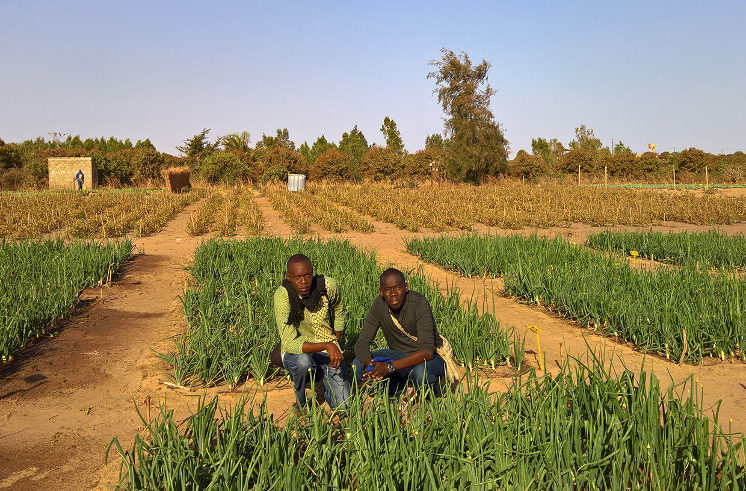
Market need

450 million smallholder farmers provide 80% of the food consumed in Asia and Sub-Saharan Africa. Improving smallholders’ access to quality seeds of new varieties is crucial for improving their yields. One example of our response is a Global Development Alliance called "PASTTA". You'll find further information behind the link below. For a series of case studies from across Africa, simply enter PASTTA via the Search function at the top of this page.







